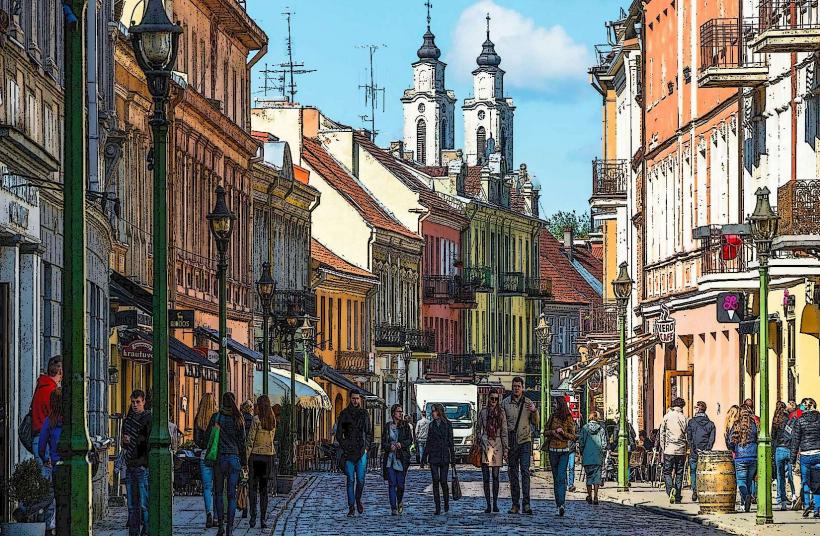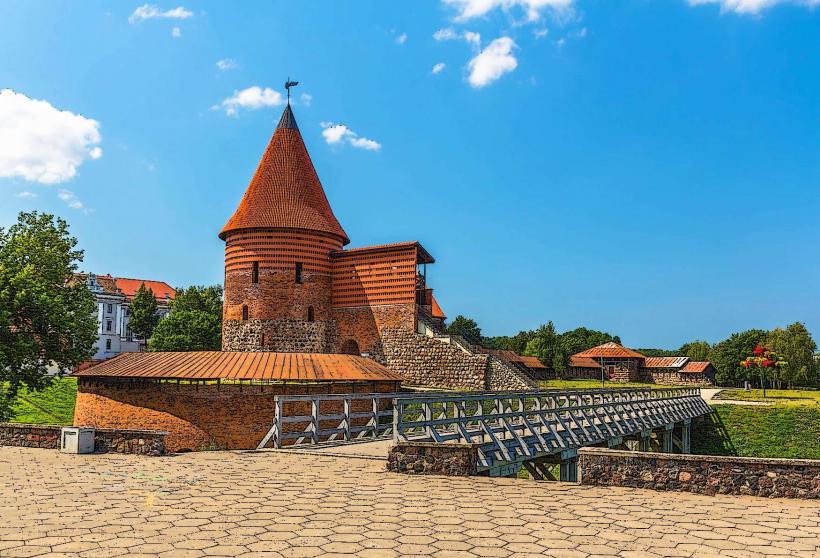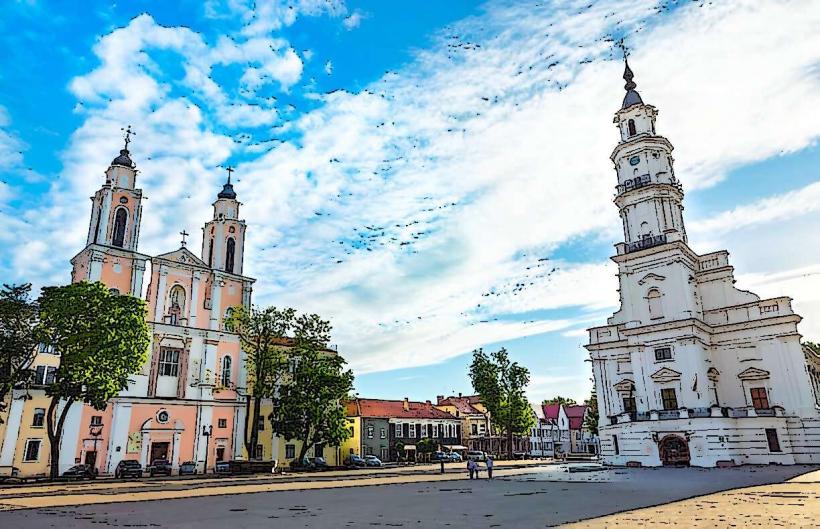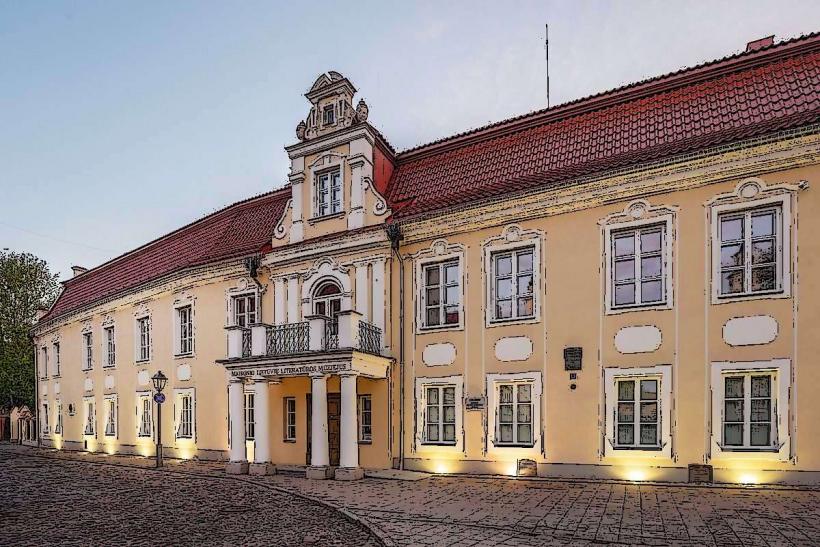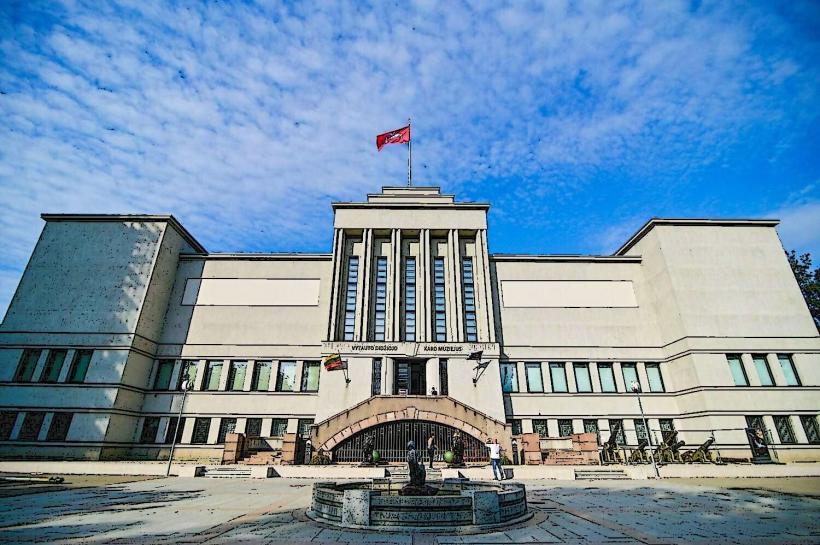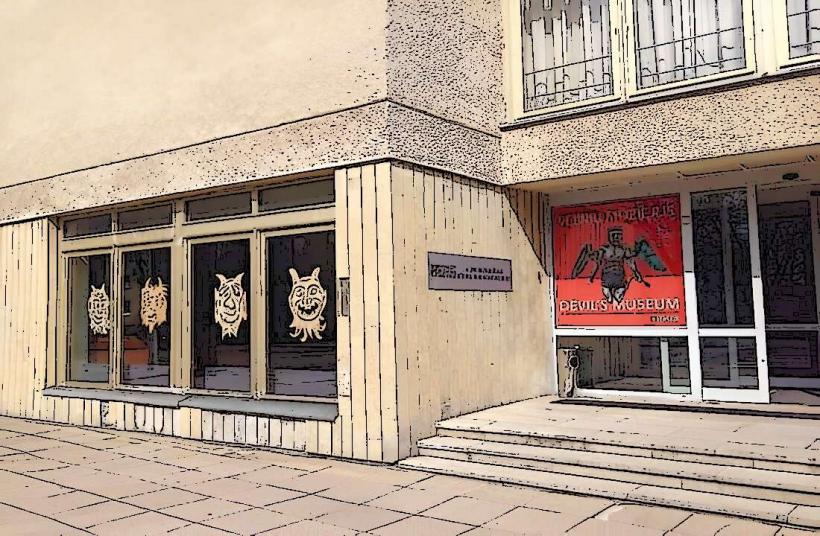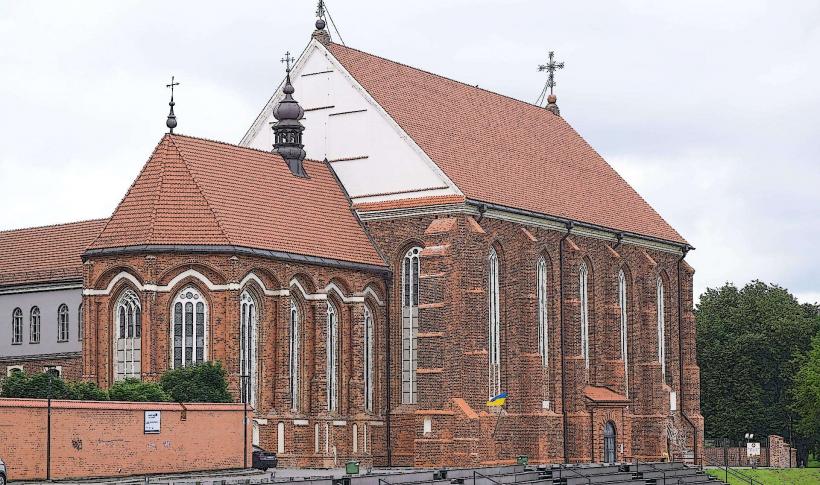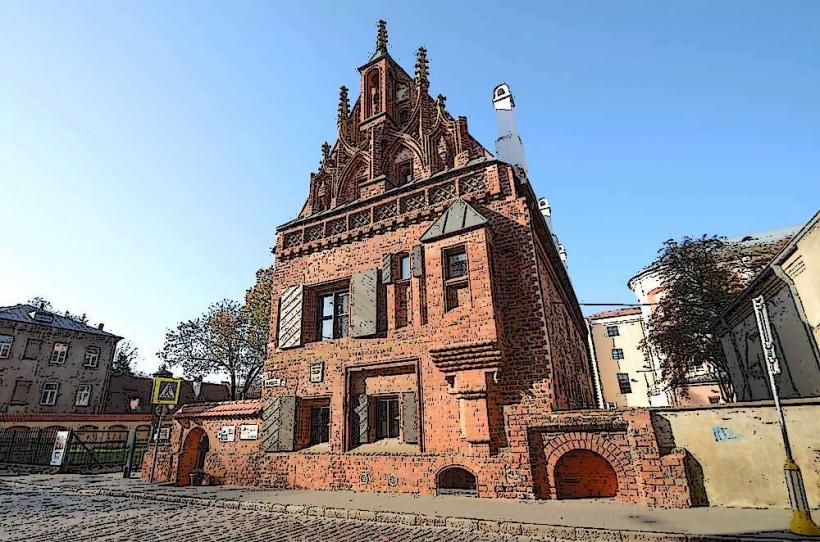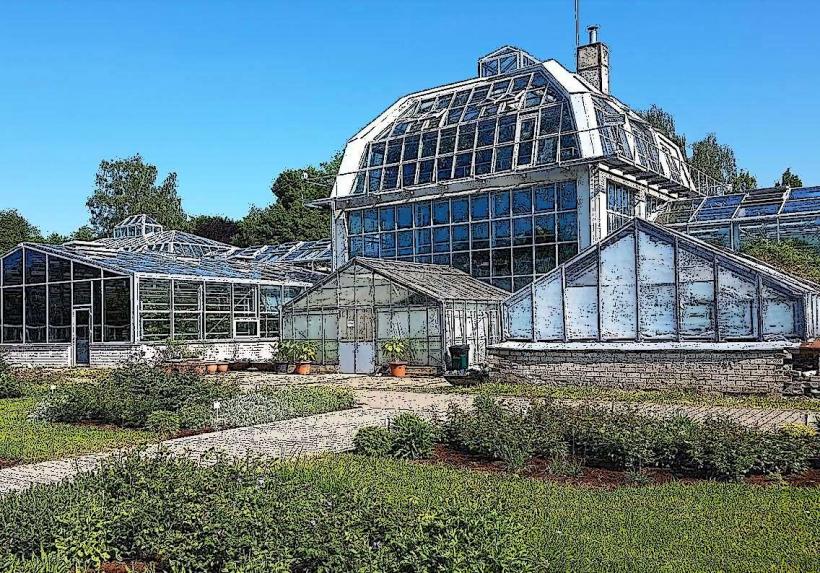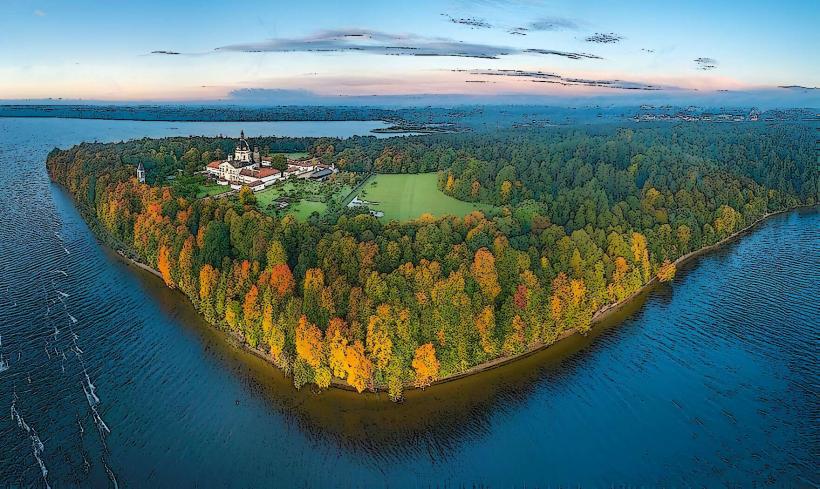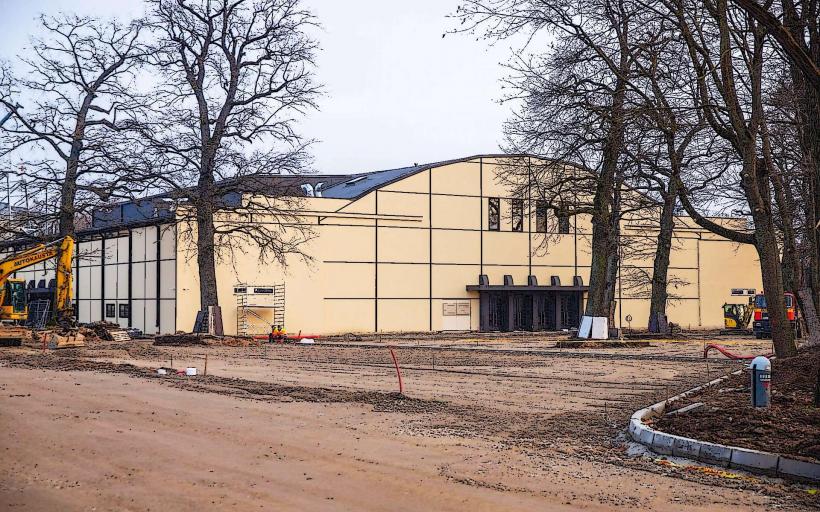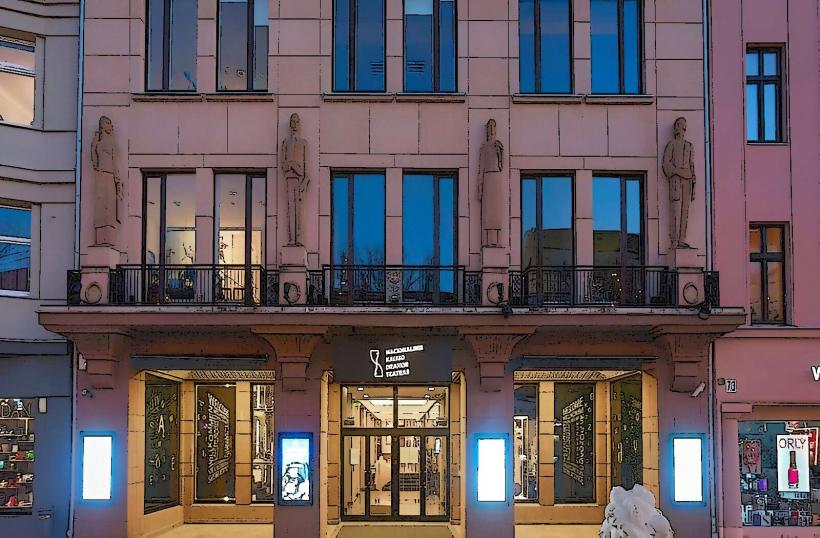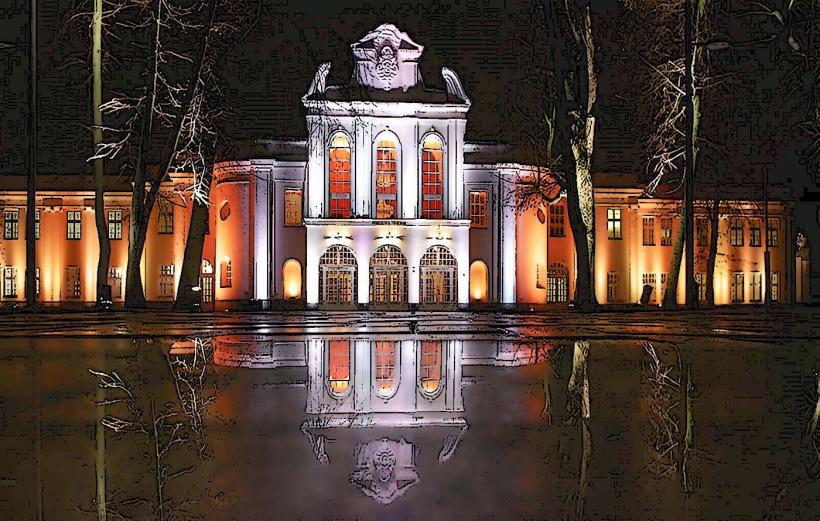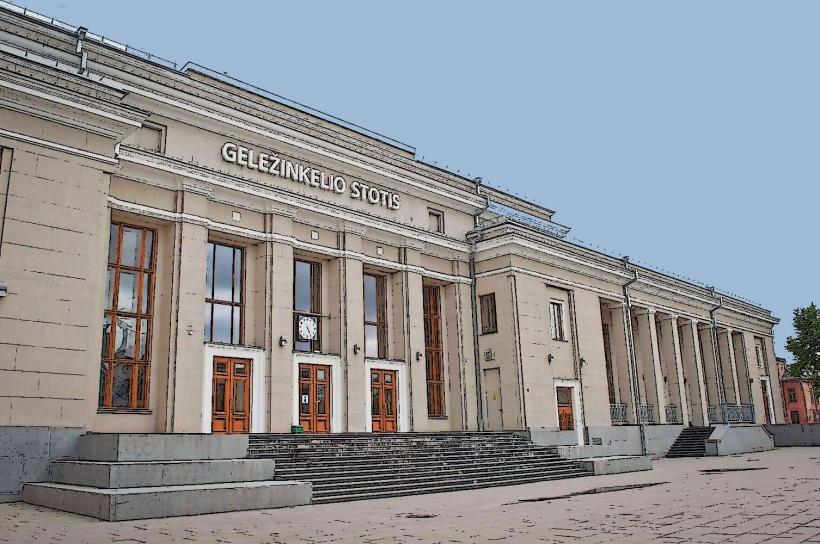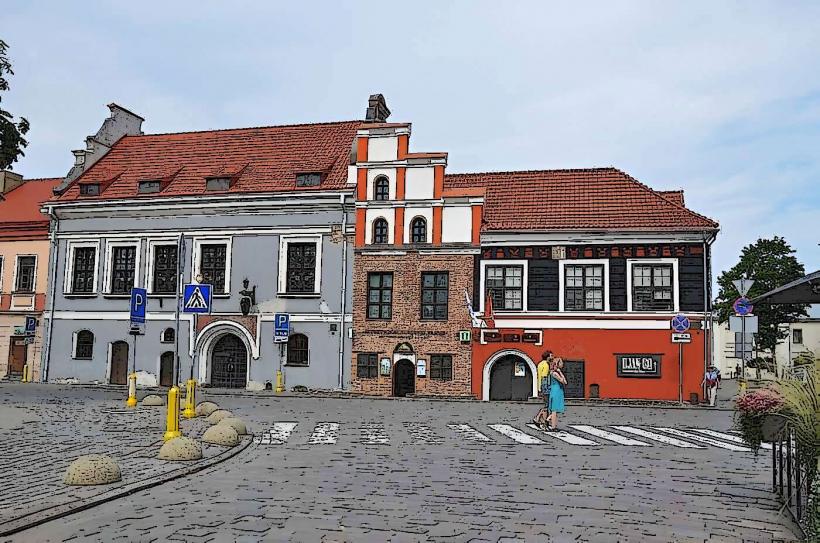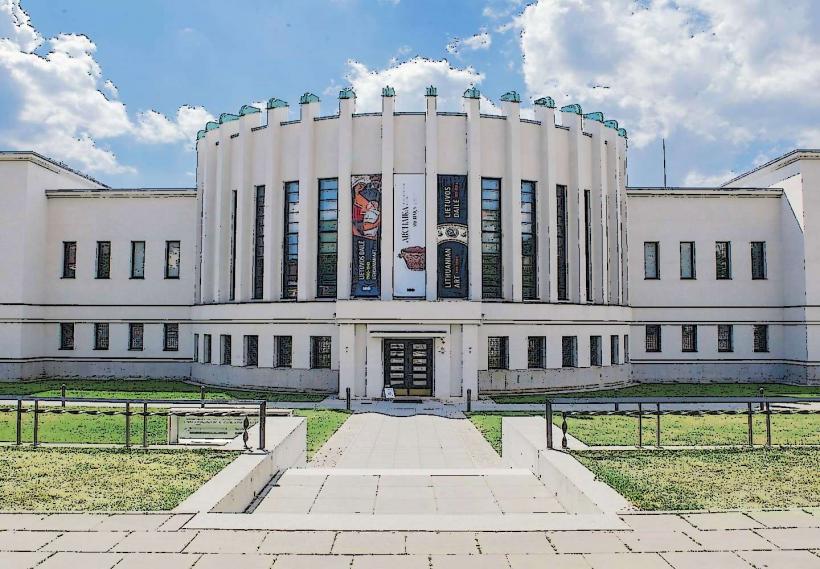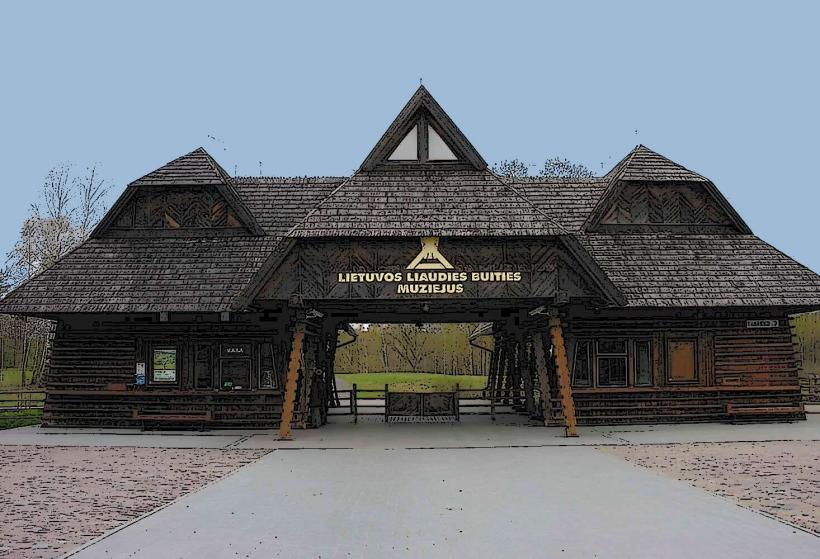Information
Landmark: Kaunas ZooCity: Kaunas
Country: Lithuania
Continent: Europe
Kaunas Zoo (Kauno zoologijos sodas) is one of the oldest and most popular zoos in Lithuania, located in Kaunas, the country’s second-largest city. Founded in 1938, it has become a significant part of Kaunas' cultural and educational landscape. The zoo is dedicated to the conservation, education, and study of animals, and it has developed into an important institution for wildlife protection and the promotion of biodiversity.
Overview and History:
Foundation: Kaunas Zoo was established in 1938 by the Kaunas City Municipality and initially housed a relatively small collection of animals. It was intended to serve both as a place for entertainment and education, as well as a facility for the conservation of wildlife.
Development Over Time: The zoo has undergone several changes and expansions over the years. Initially, the zoo operated in a much smaller area, but as the years progressed, it expanded its territory and collections, becoming an important part of the city's cultural heritage. The zoo faced challenges during the Soviet era, but it survived and continued to grow after Lithuania regained its independence in 1990.
Current Status: Today, Kaunas Zoo covers a large area of over 20 hectares and is home to a wide variety of animals from around the world. It serves not only as a recreational space but also as an educational institution, with a focus on conservation, animal care, and research. The zoo participates in several international animal breeding programs and works to raise awareness about endangered species.
Location:
- Set in a Green Environment: The zoo is located in the Zoologijos Sodo Park area, which is situated near the Nemunas River, on the northern edge of Kaunas. The location is surrounded by lush greenery, offering a natural environment for the animals as well as a scenic place for visitors to enjoy.
Animal Exhibits and Species:
Kaunas Zoo is home to a diverse collection of animals from all around the world, including mammals, birds, reptiles, amphibians, and various species of fish and invertebrates. The zoo aims to showcase species from a variety of ecosystems, focusing particularly on animals native to Lithuania, Europe, and other regions with conservation needs.
European Species: The zoo has a significant collection of European wildlife, including species native to Lithuania and the broader European region. This includes animals like wolves, lynx, European bison, and wild boars. These species are not only important for educational purposes but also for breeding and conservation efforts.
Exotic Animals: In addition to European species, Kaunas Zoo houses a number of exotic animals from various parts of the world. This includes animals from Africa, Asia, and the Americas, such as giraffes, zebras, lions, tigers, monkeys, kangaroos, and parrots.
Endangered Species: The zoo plays an important role in the conservation of endangered species and participates in international breeding programs. Species like the red panda, snow leopard, and Amur tiger are part of these efforts to protect animals that are at risk of extinction. The zoo also works to raise awareness among visitors about the importance of protecting endangered species and their natural habitats.
Aquatic Life: Kaunas Zoo also features various species of fish and aquatic animals, with several ponds and aquariums showcasing local and exotic aquatic life. This includes a variety of fish species, as well as amphibians like frogs and newts.
Educational and Conservation Efforts:
Educational Programs: Kaunas Zoo has a strong focus on education, offering a variety of programs for schools, families, and the general public. The zoo aims to raise awareness about the importance of animal conservation, the protection of biodiversity, and the environmental issues affecting wildlife worldwide. Visitors can attend educational talks, guided tours, and workshops to learn more about the animals and the zoo’s conservation efforts.
Breeding and Conservation: Kaunas Zoo is an active participant in several international breeding programs aimed at maintaining genetically healthy populations of endangered species. The zoo collaborates with other institutions and organizations globally to help protect vulnerable species and their habitats. It also engages in scientific research to better understand animal behavior, biology, and conservation needs.
Wildlife Protection Awareness: In addition to its focus on endangered species, Kaunas Zoo works to promote broader awareness about the threats facing wildlife today, including habitat loss, poaching, and climate change. The zoo often hosts events and exhibitions dedicated to educating the public about these issues.
Visitor Experience:
Family-Friendly Atmosphere: Kaunas Zoo is a family-friendly destination that attracts a wide variety of visitors, from local families to international tourists. The zoo offers plenty of open spaces for visitors to walk, relax, and observe the animals in their naturalistic enclosures. The zoo has also made improvements to its facilities over the years, with more comfortable viewing areas and better accessibility for people with disabilities.
Interactive Exhibits: The zoo has interactive exhibits that help engage visitors, particularly children, in learning about wildlife. Educational materials, displays, and multimedia presentations explain various animal species and the environmental challenges they face. There are also opportunities to observe feeding times, animal enrichment activities, and other special events.
Playgrounds and Cafés: For families visiting with children, the zoo has playgrounds and recreational areas where kids can play while adults relax. There are also cafés and picnic areas on the zoo grounds, where visitors can enjoy food and drinks while taking in the views.
Seasonal Events: Throughout the year, Kaunas Zoo hosts special events, especially during holidays or significant environmental dates, such as Earth Day or World Wildlife Day. These events often include special exhibits, educational talks, and opportunities to learn more about conservation efforts.
Challenges and Future Plans:
While the zoo has made significant progress in modernizing its facilities and enhancing animal welfare, there are ongoing challenges related to funding, animal care, and the need for continued development. The zoo's management has expressed interest in expanding its exhibitions, improving animal habitats, and further developing its educational programs.
Conclusion:
Kaunas Zoo is a vital institution for both locals and tourists, offering an educational and enjoyable experience that promotes a deeper understanding of the natural world and the importance of wildlife conservation. With its diverse collection of animals, educational programs, and efforts to protect endangered species, the zoo continues to play an essential role in the cultural and environmental landscape of Kaunas. Whether you're a nature lover, a family looking for an outing, or someone interested in wildlife conservation, Kaunas Zoo provides an enriching experience.

